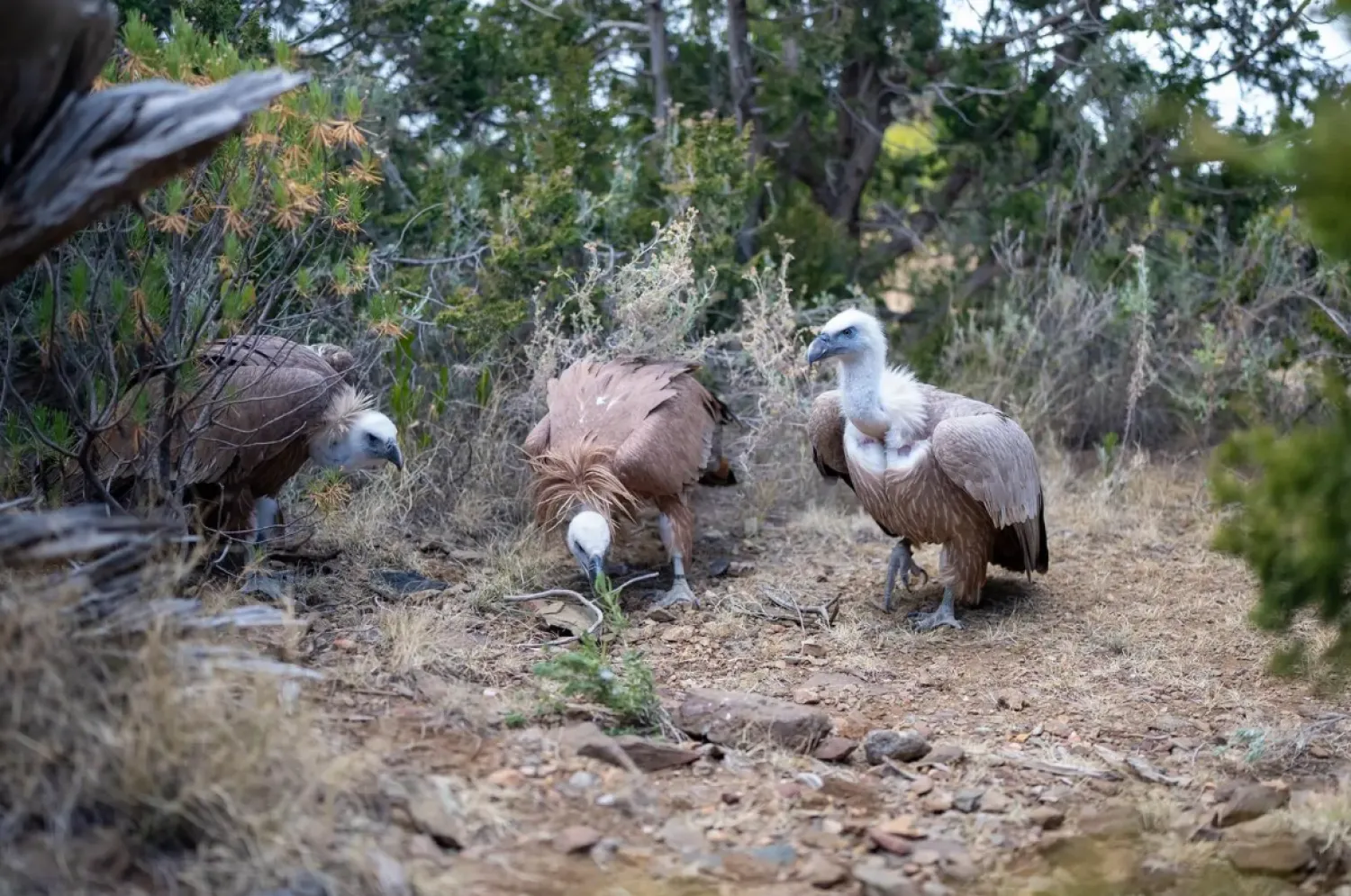The Saudi Red Sea Authority (SRSA) and the General Authority for Survey and Geospatial Information (GEOSA) have collaborated to produce the first high-resolution paper and electronic navigational nautical chart of Sindalah Island in the NEOM region based on the latest international standards and in accordance with International Hydrographic Organization standards, in addition to producing four other maps of the NEOM region.
This collaboration was initiated by SRSA as part of its mandates, which include identifying navigation routes for marine activities within Saudi Arabia’s geographical scope, as well as developing and updating them in coordination with relevant entities to ensure environmental protection and preservation, SPA reported.
GEOSA has implemented the highest standards for producing and updating nautical charts, which include data on depths, coral reefs, islands, navigation hazards, and tidal information to enhance marine safety in Saudi Arabia’s coastal areas and to support smart decision making.
These charts provide reliable and secure geospatial marine data that will contribute to planning and development efforts in line with Saudi Vision 2030, facilitating investment attraction in coastal tourism while providing navigational data to ease the entry and exit of yachts and other watercraft to Sindalah and other islands. It also enhances marine safety and environmental protection by applying the highest security and safety standards through buoys and navigational aids.
The SRSA began its journey toward building and regulating the coastal tourism sector in 2021 to enhance integration between the relevant entities by issuing licenses and permits, developing the necessary policies and strategies, determining infrastructure requirements, preserving the marine environment, enabling investment, and promoting navigational and marine tourism activities, which will reflect as an added value to the national economy.
Meanwhile, GEOSA is working to regulate the surveying and geospatial information sector and related imaging activities in Saudi Arabia. This includes adopting and developing the national geospatial infrastructure, the national geodetic reference, national geodetic networks, hydrographic surveying, and providing data, products, services, electronic applications, topographic and aerial maps, and maritime navigation charts relevant to the sector.
Saudi Red Sea Authority, GEOSA Issue First Nautical Chart for Sindalah Island


Saudi Red Sea Authority, GEOSA Issue First Nautical Chart for Sindalah Island

لم تشترك بعد
انشئ حساباً خاصاً بك لتحصل على أخبار مخصصة لك ولتتمتع بخاصية حفظ المقالات وتتلقى نشراتنا البريدية المتنوعة







